The Fed Is Failing; Stagflation Looms
The August jobs numbers came in much lower than expected, a kick in the teeth for those touting the “improving economy” narrative. Meanwhile, personal incomes continue to grow but rising prices are eating up that growth and then some.
The economic data suggest the Fed’s plan is failing and stagflation looms on the horizon.
Mises Institute senior editor Ryan McMaken makes this case, writing, “It’s now abundantly clear there is no ‘v-shaped recovery’ as so long promised by advocates of covid lockdowns.”
![]()
The following article by Ryan McMaken was originally published by the Mises Wire. The opinions are the author’s and don’t necessarily reflect those of Peter Schiff or SchiffGold.
Job growth numbers failed to impress. Economists had predicted job growth in the area of 720,000, but according to the Department of Labor’s estimates, jobs growth for August was only a third of that: 235,000.
Commentators on CNBC called it “terrible news” and the word “stagflation” has started to appear more and more in the media and investor narratives.
For example, Desmond Lachman writes in The Hill:
Today, with inflation rising to levels last seen 30 years ago and with unemployment remaining stubbornly high amid the COVID-19 pandemic despite massive policy stimulus, we may again be entering a prolonged period of stagflation…”
A Barron’s headline reads: “A Weak Jobs Report Puts Fed in a Bind as It Stares at Stagflation.” The Street has advised investors to “embrace stagflation” and BofA warned of “the potential for stagflation.”
And there are good reasons to fear that stagflation may be on the horizon.
Consumer confidence fell to its lowest levels since 2011 in July. The Atlanta Fed has reduced its Q3 forecast from 6 percent to 3.7 percent over the past month. Bank lending has turned negative in year-over-year measures in recent months—both in real estate loans and commercial loans.
It’s now abundantly clear there is no “v-shaped recovery” as so long promised by advocates of covid lockdowns. Total non-farm employment remains 5.3 million jobs below February 2020’s peak. Although the headline unemployment rate fell in August to 5.2 percent (down from 5.4 percent in July) this is likely being pushed down by a depressed level of labor force participation —which remains well down from 2019 in the 25-54 age bracket.
Bigtime Stimulus with Disappointing Results
All these numbers should be much better given that the economy is still in the midst of receiving enormous amounts of monetary and fiscal stimulus. Federal spending is at multi-generational highs, largely because the federal government can continue to borrow at rock-bottom interest rates. This is only possible because the Federal Reserve continues to add to its $8.3 trillion portfolio composed largely of government debt and mortgage assets.
Over the past 18 months, the Fed has added $4.2 trillion to its assets, which means the Fed has also flooded the economy with a similar amount of money.
As the New York Times summed it up:
The Fed has been buying $120 billion in government-backed bonds each month to keep longer-term interest rates low and many types of borrowing cheap, bolstering lending and spending to help the economy heal.
Given these levels of stimulus, we should be talking about an overheating, booming economy given those levels of stimulus. Yet, as Daniel Lacalle has pointed out, these continually ratcheting up levels of stimulus produce increasingly meager results.
High Inflation Presents a Political Problem for the Fed
This all leaves the Fed in a very unpleasant position. As the Fed is fond is reminding everyone, it has a “dual mandate” to both maximize employment and achieve “price stability.”
Yet, thanks to structural weakness in the economy, pursuing the goal of maximum employment has required an unusually immense amount of money creation which has fed into tremendous amounts of asset price inflation—namely stock prices and housing prices. Now even consumer prices are beginning to build, as Powell admitted in his Jackson Hole speech.
So, if continued stimulus is necessary to keep job growth going—which appears to be the case—what’s the Fed going to do to keep prices from spiraling out of control?
Ultimately, this is a political problem, not one of technocratic management. Right now, there is heavy political pressure on the Fed to keep the money spigot open and the government spending flowing. There’s also plenty of pressure to keep the financial sector well lubricated. The Fed has been happy to oblige.
But the political situation can change significantly if price inflation comes to be seen by the public as a real problem. There’s some evidence it may already be moving in that direction. As CNBC reported on Tuesday, the “Conference Board reports that consumers now see inflation running at 6.8 percent 12 months from now.” And, of course, rents and prices for housing are already crippling many households financially.
So, the Fed could end up facing pressure from the public—and thus from a growing number of elected officials—to cut price inflation well before anything resembling a robust economy is actually achieved. If the Fed then cuts back on asset purchases and allows interest rates to rise, the federal government would have to pay far more interest on the debt, leading to very unpleasant budget cuts. Moreover, as interest rates rose, a decline in lending would lead to a declining money supply and a bust would ensue. Zombie companies would begin to go bankrupt and unemployment would rise.
The Fed’s apparent plan to somehow get full employment and then deal with inflation sounds nice, but the reality could easily derail the plan.
Headed for the 1970s?
Some commentators are already suggesting that we’re heading in that direction. Niall Ferguson fears “inflation could be repeating the trajectory of the late 1960s, which laid the foundation for sustained high prices the following decade.”
And Ken Rogoff suggests “the parallels between the 2020s and the 1970s just keep growing.” He then asks
Has a sustained period of high inflation just become much more likely? Until recently, I would have said the odds were clearly against it. Now, I am not so sure, especially looking ahead a few years.
How could this be avoided? The US would need big-time economic growth and big productivity gains to grow its way out of this. But that’s unlikely because productivity has already been crippled by American governments’ lockdowns and covid stimulus policies in 2020. Logistics and supply chains are in disarray. The workforce is still down 5.3 million workers from its peak 18 months ago.
Unless something changes soon, this all points toward a scenario of stagflation.



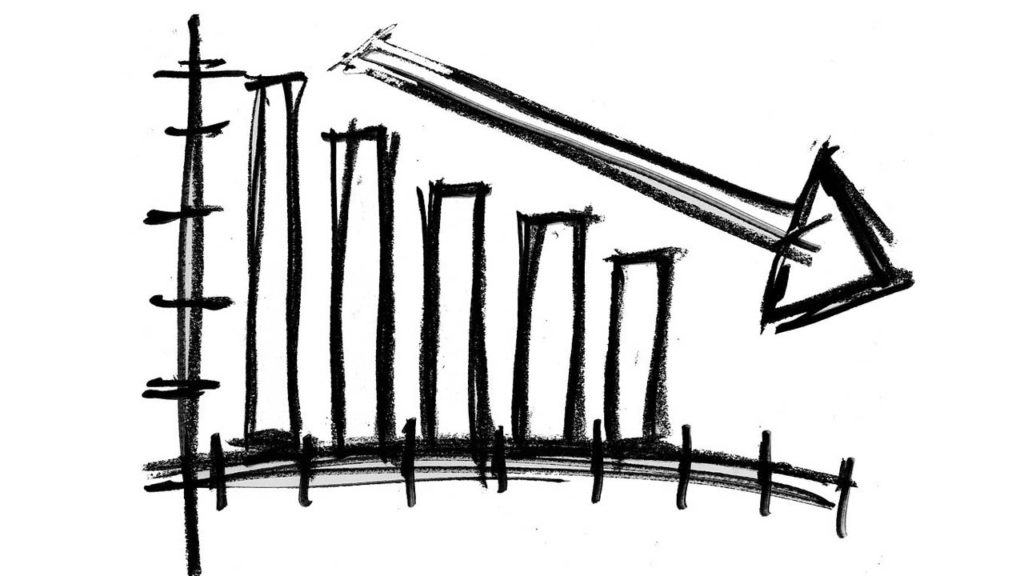

 As fiscal imbalances persist, driven by coercive measures and artificial currency creation, the middle class faces erosion and purchasing power dwindles. But as the world hurtles towards a potential reckoning, the lingering question remains: can this precarious balance last, or are we teetering on the brink of a cataclysmic economic shift?
As fiscal imbalances persist, driven by coercive measures and artificial currency creation, the middle class faces erosion and purchasing power dwindles. But as the world hurtles towards a potential reckoning, the lingering question remains: can this precarious balance last, or are we teetering on the brink of a cataclysmic economic shift?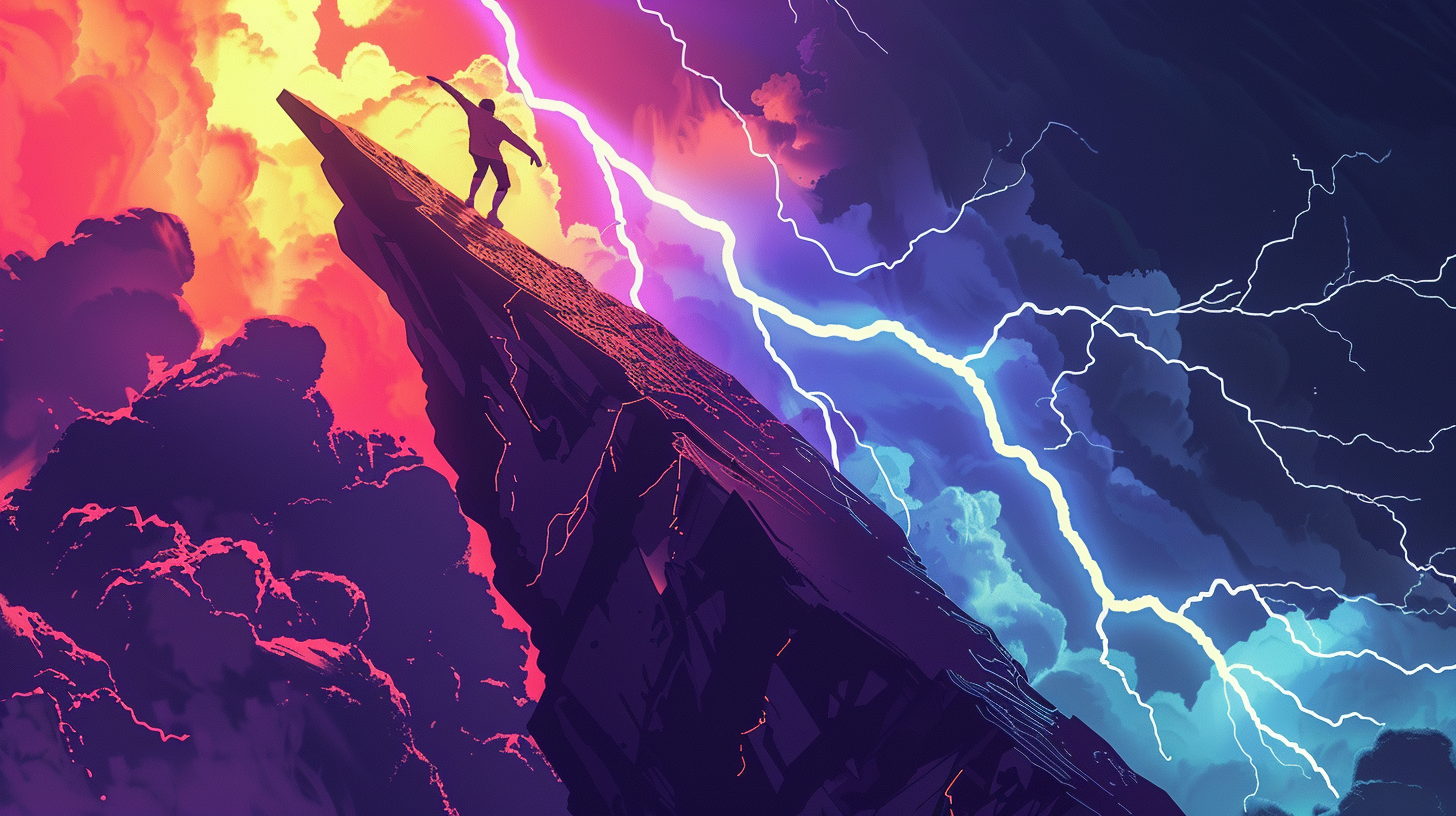 Beneath the veneer of headline job gains, the American economy teeters on the brink: native employment dwindles as part-time and immigrant jobs surge. Government hiring camouflages looming recession warnings. Inflation and political blunders worsen the crisis, fueling public outrage at the establishment’s mishandling of the economy.
Beneath the veneer of headline job gains, the American economy teeters on the brink: native employment dwindles as part-time and immigrant jobs surge. Government hiring camouflages looming recession warnings. Inflation and political blunders worsen the crisis, fueling public outrage at the establishment’s mishandling of the economy.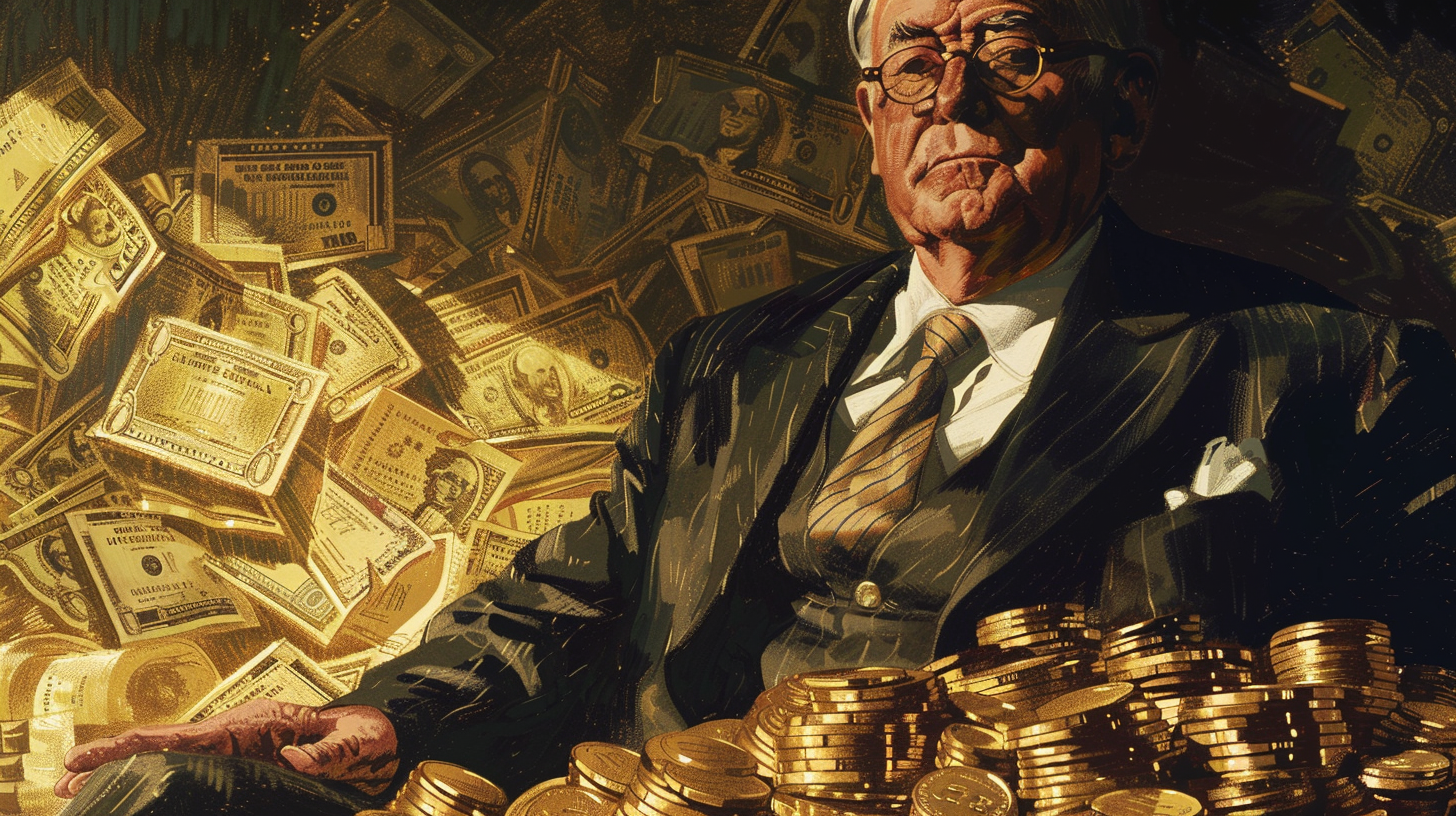 On April 5 1933, Franklin D. Roosevelt abandoned the gold standard, wielding questionable legal power amidst America’s dire economic depression. His whimsical approach to monetary policy, including coin flips and lucky numbers, unleashed unprecedented inflation and price increases that have since amounted to nearly 2500%. Our guest commentator explores this tragic history and the legacy […]
On April 5 1933, Franklin D. Roosevelt abandoned the gold standard, wielding questionable legal power amidst America’s dire economic depression. His whimsical approach to monetary policy, including coin flips and lucky numbers, unleashed unprecedented inflation and price increases that have since amounted to nearly 2500%. Our guest commentator explores this tragic history and the legacy […]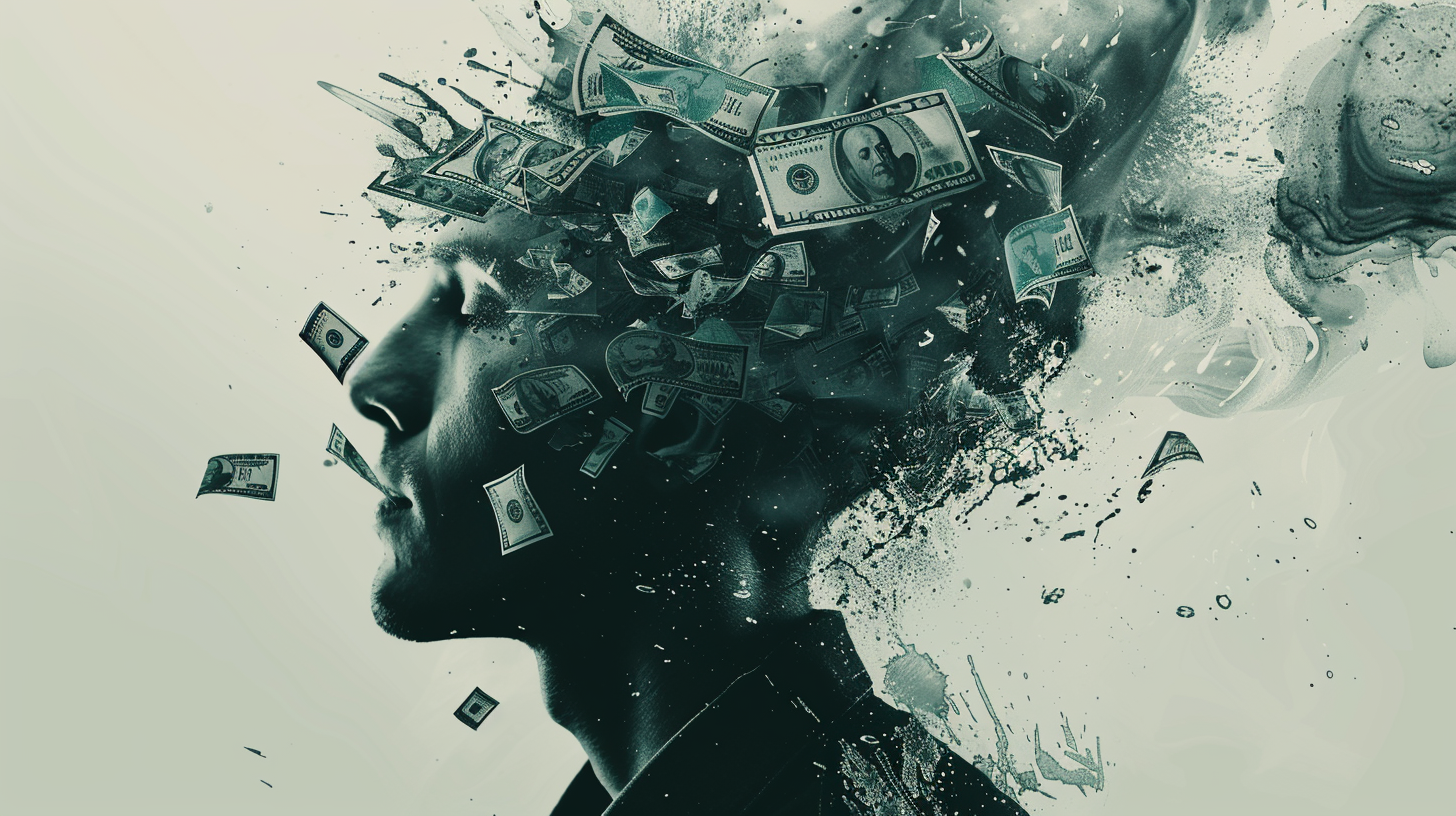 Welcome to the world of modern economics where the term “inflation” no longer signifies the increase in the quantity of money, but has evolved into a plethora of buzzwords. From “shrinkflation” to “greedflation,” these new terms and semantic shifts are by no means harmless but a manipulation of popular sentiment. Von Mises said they play […]
Welcome to the world of modern economics where the term “inflation” no longer signifies the increase in the quantity of money, but has evolved into a plethora of buzzwords. From “shrinkflation” to “greedflation,” these new terms and semantic shifts are by no means harmless but a manipulation of popular sentiment. Von Mises said they play […]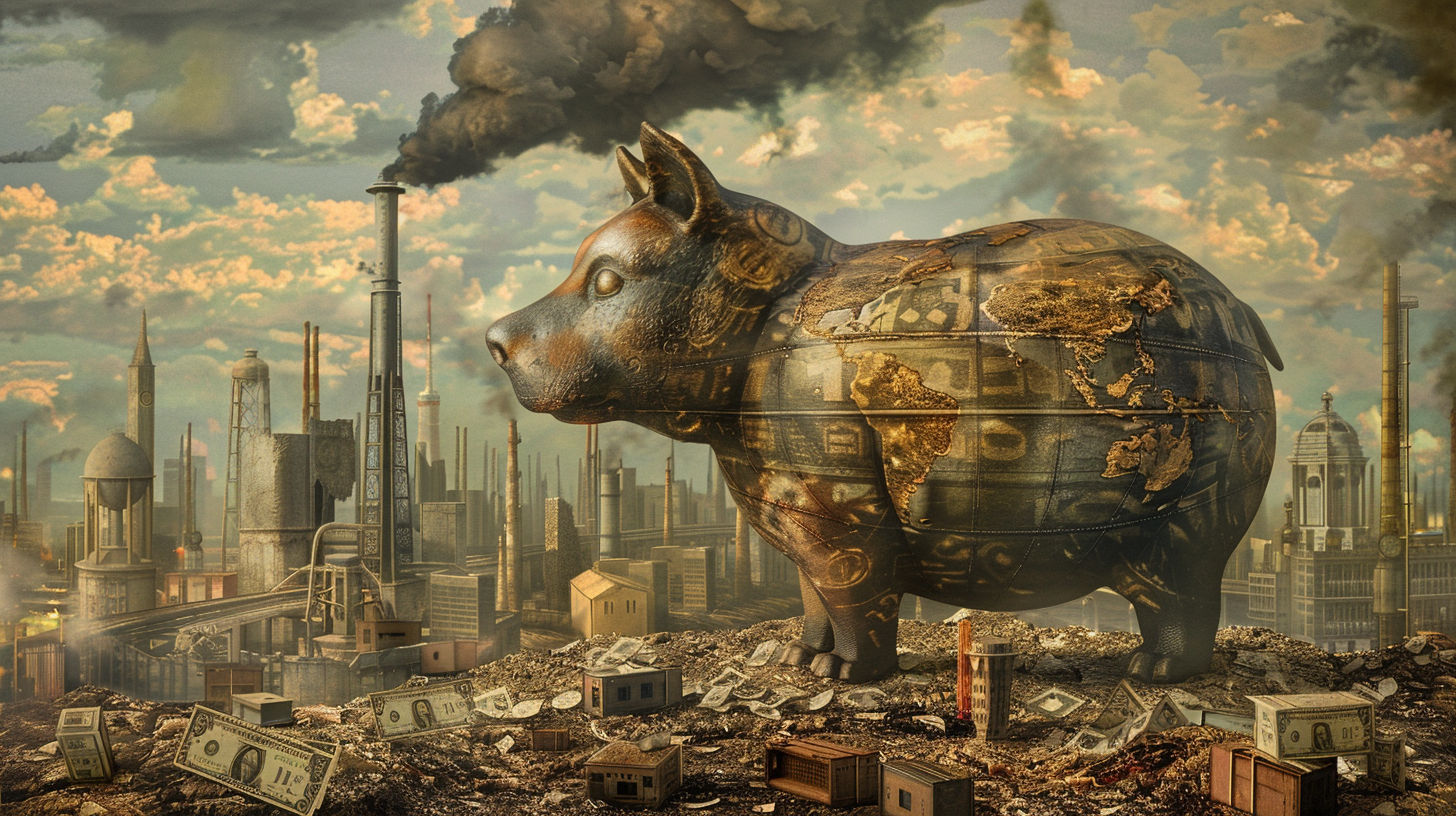 Assuming CPI measurements are not understatements, the dollar’s value has plummeted by a staggering one-fifth since 2020, yet, rather than acknowledging its role in fueling this economic turmoil, the Biden administration deflects, casting capitalism and corporate greed as the villains. The latest February CPI data show more signs of the upcoming inflation bloodbath.
Assuming CPI measurements are not understatements, the dollar’s value has plummeted by a staggering one-fifth since 2020, yet, rather than acknowledging its role in fueling this economic turmoil, the Biden administration deflects, casting capitalism and corporate greed as the villains. The latest February CPI data show more signs of the upcoming inflation bloodbath.